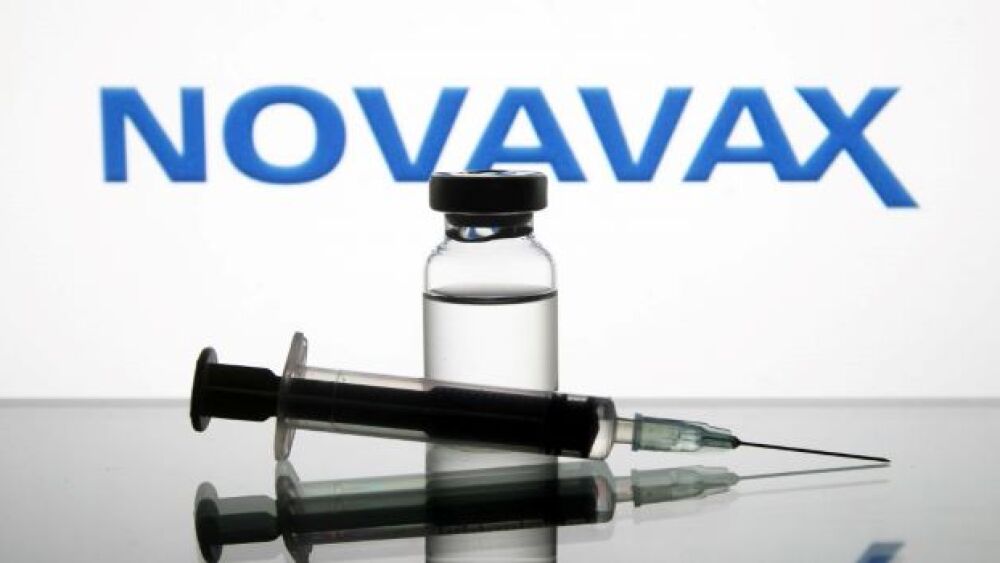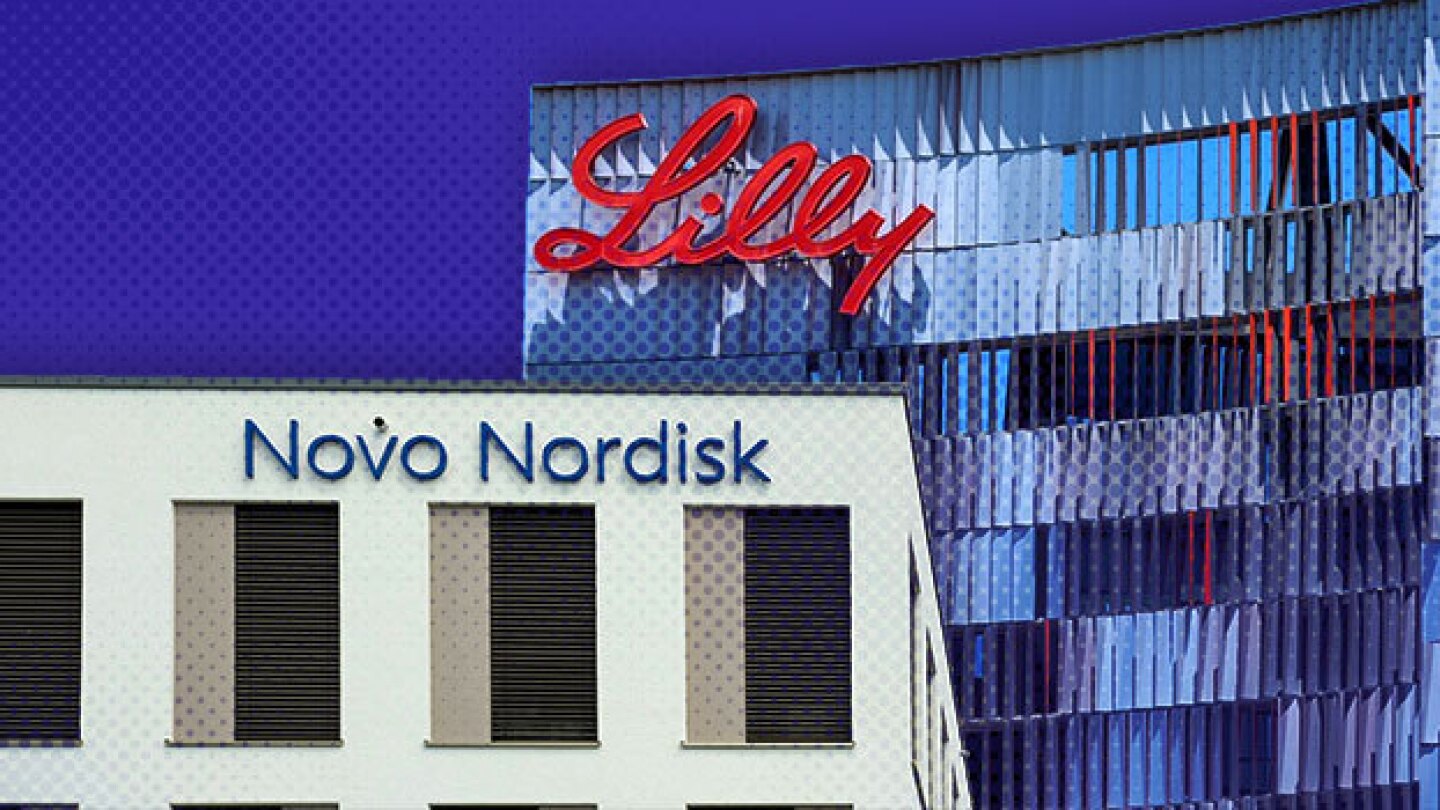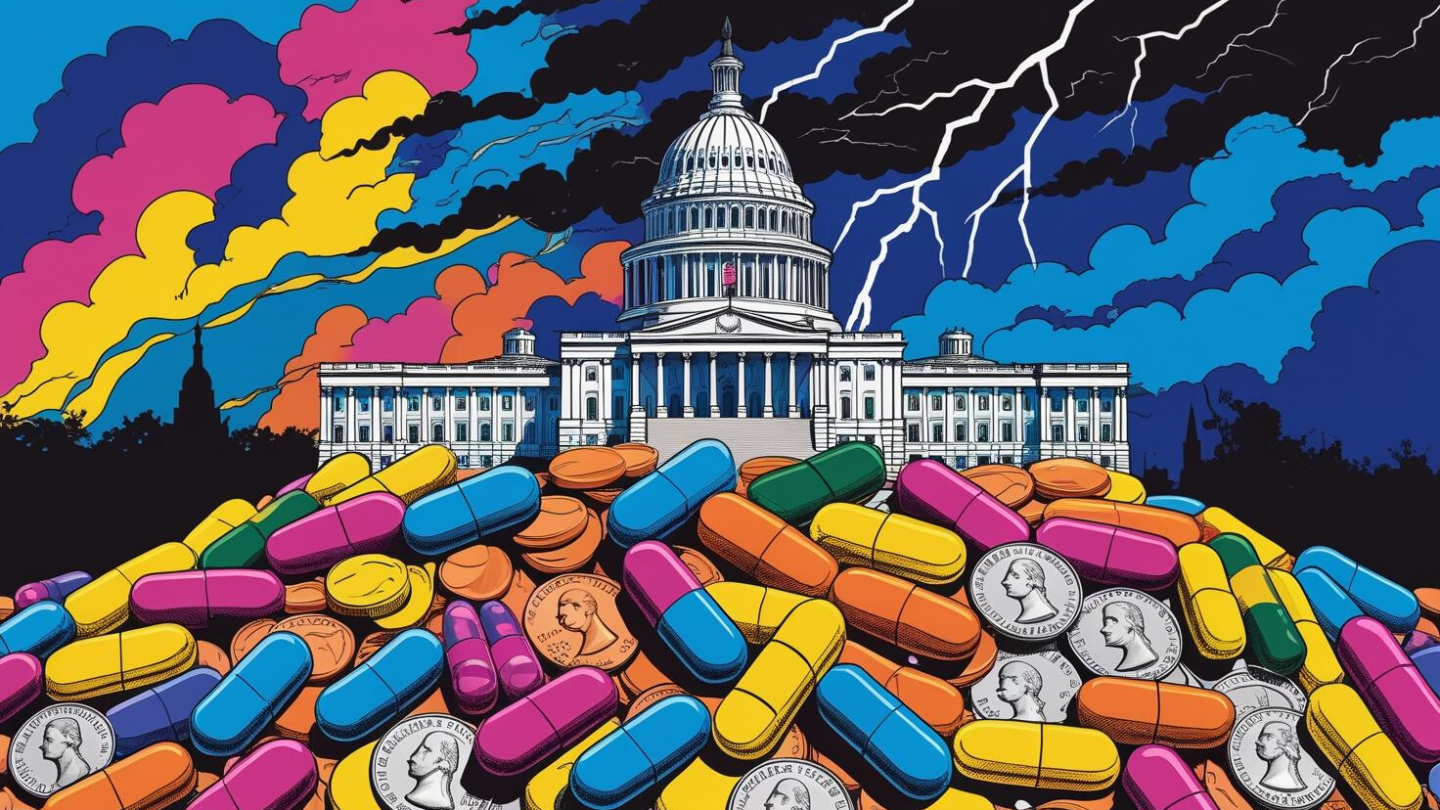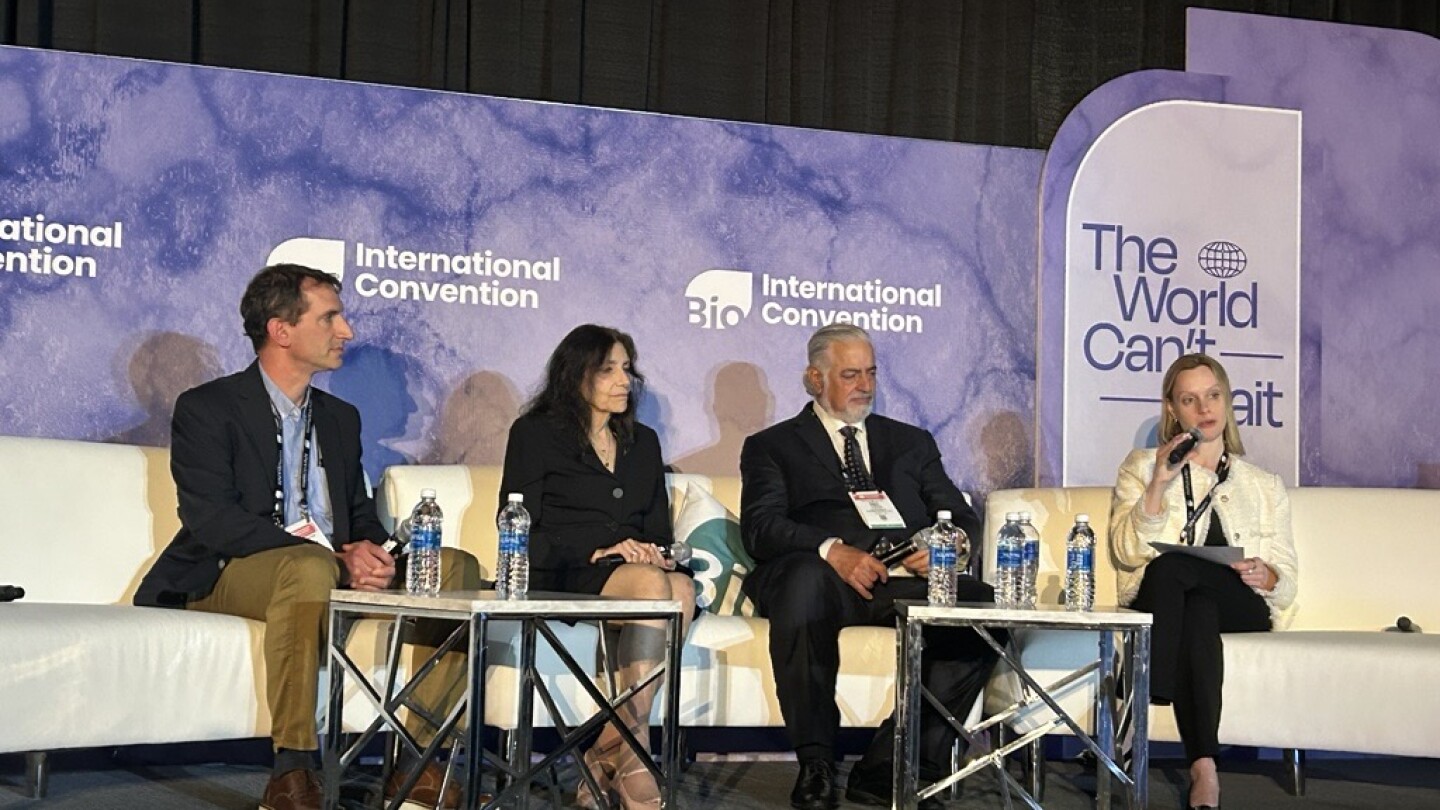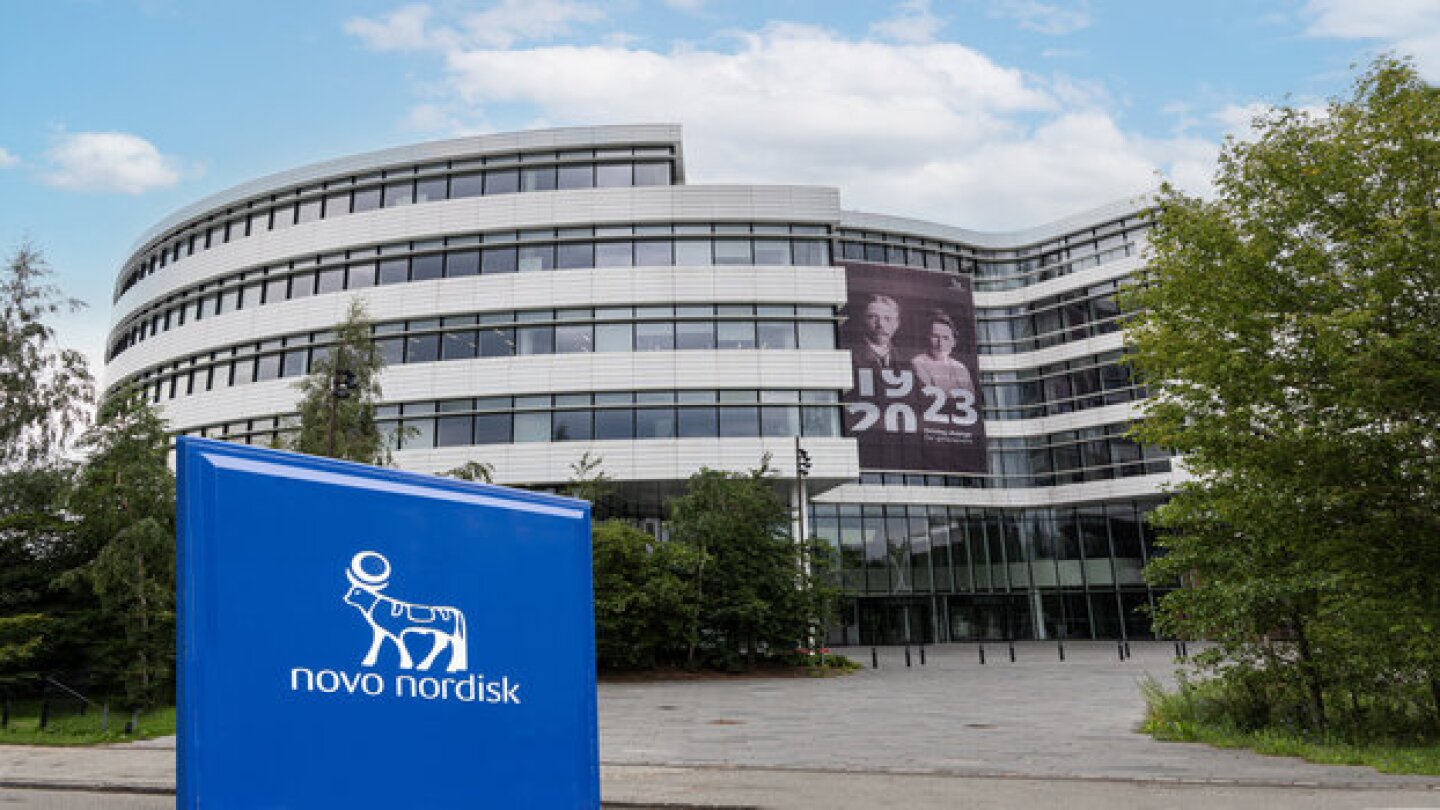News
Arguably the FDA’s most anticipated decision this month is for a subcutaneous induction formulation of Biogen and Eisai’s Alzheimer’s drug Leqembi, which, according to Eisai, could “help reduce the burden on healthcare professionals and patients.”
FEATURED STORIES
As sales of its COVID vaccine plummet, Novavax is looking ahead toward other novel vaccines, brought to market with the help of the company’s pharma partners—something it opted not to do as the pandemic swept the globe in 2020.
The FDA’s Oncologic Drugs Advisory Committee recently voted to narrow the label for checkpoint inhibitors Keytruda and Opdivo in stomach and esophageal cancers based on PD-L1 expression levels—but the high unmet need in these patient populations should also be considered.
Marty Makary, likely FDA commissioner under President Trump, appeared before Congress this week as the agency he’s set to lead continues to be rocked by sweeping changes and about-faces.
Job Trends
Inspiration for a greener world can come from unexpected places. For Merck scientist François Lévesque, it came from the pet store.
FROM OUR EDITORS
Read our takes on the biggest stories happening in the industry.
Unpredictable communication and a lack of transparency are eroding the industry’s and the public’s trust. The FDA, experts agree, needs to take control of the narrative.
THE LATEST
Isaralgagene civaparvovec is a “potential best-in-class gene therapy for Fabry disease,” according to analysts at H.C. Wainwright. Sangamo plans to use pivotal Phase I/II data to build an accelerated approval case for the asset.
In May, Revolution Medicines projected its cash and equivalents of $2.1 billion would last into the second half of 2027. With new funding from Royalty Pharma, the biotech has withdrawn that runway end date.
The star of Monday’s deal is gusacitinib, a small-molecule drug that Formation is developing for chronic hand eczema. Sanofi will explore additional indications for gusacitinib in a Phase I study.
Eli Lilly’s bimagrumab led to weight loss that was due almost entirely to fat reduction when combined with semaglutide, marketed by rival Novo Nordisk as Wegovy. BMO Capital Markets called the data “impressive” while raising concerns about the antibody’s safety profile.
Drug pricing, budget cuts, tariffs and other shifts under the Trump administration undermine the biopharma and healthcare ecosystem.
Speaking at BIO2025, rare disease leaders from Ultragenyx, Amylyx and Yale questioned the need for the new regulatory pathway proposed by FDA Commissioner Marty Makary. They acknowledged, however, that creative thinking is required to enable more treatments for patients with ultrarare diseases.
Jacqueline Corrigan-Curay, who stepped into the role as the agency’s top drug regulator in January, is departing in July, according to an email sent to agency staff.
While Eli Lilly brushed off concerns about gastrointestinal side effects for oral weight loss candidate orforglipron, analysts from William Blair worried that adverse events are not tapering off as expected.
In combination with Roche’s PD-L1 blocker Tecentriq, zanzalintinib bested Bayer’s Stivarga. Exelixis is positioning the drug candidate as a successor to cabozantinib, which is set to lose patent exclusivity in 2030.
After consistently failing to meet investor expectations, Novo Nordisk touted a safety profile for CagriSema in line with the GLP1-RA class, while reporting mid-stage data for its GLP1- and amylin-targeting drug amycretin that raised dosing questions.




